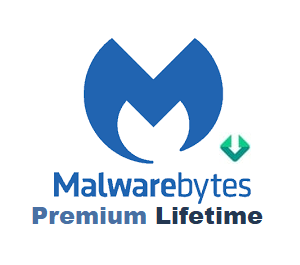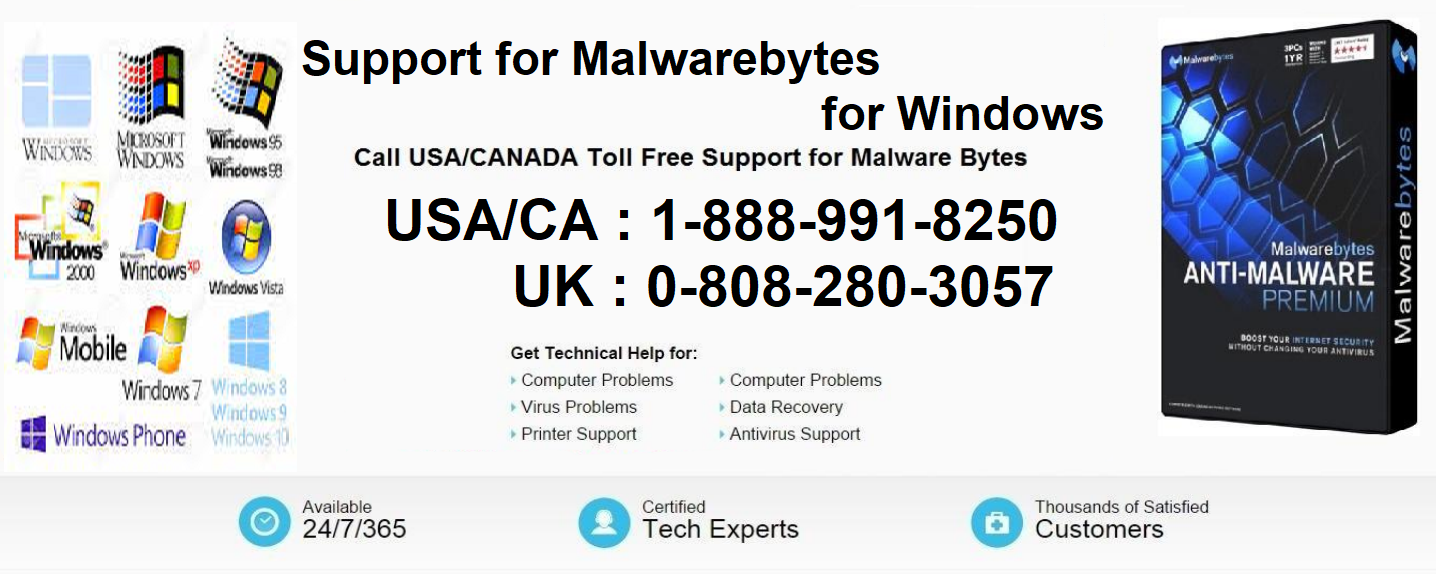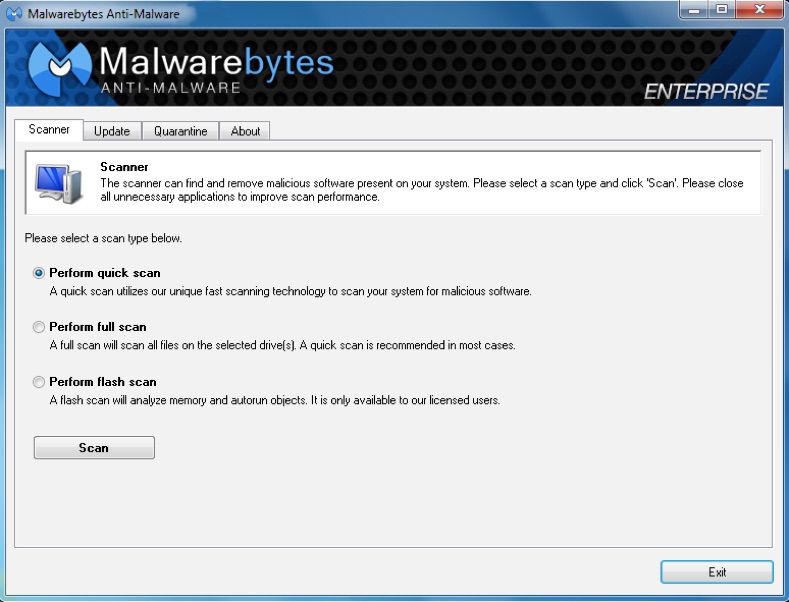

- MALWAREBYTES HOW TO
- MALWAREBYTES WINDOWS 10
- MALWAREBYTES SOFTWARE
- MALWAREBYTES CODE
- MALWAREBYTES PASSWORD
It’s just that features have been turned off. If after 14 days you haven’t entered valid license keys, the premium features are disabled but it’s still the same program that you installed. This gives you a real test drive of how Malwarebytes Premium is going to be protecting your system, in realtime. When you instal Malwarebytes for the first time on your device (PC or otherwise) it works as the premium version for 14 days.

Malwarebytes Premium Frequently Asked Questions (FAQs).Malwarebytes Windows Hardware Requirements.
MALWAREBYTES SOFTWARE
Malwarebytes Windows Software requirements.Malwarebytes Free vs Premium Features Table.Restart your Computer : Malwarebytes Premium with Windows Defender
MALWAREBYTES WINDOWS 10
Windows Defender Antivirus with Malwarebytes ( Windows 10 Device) Setting Malwarebytes to work with Windows Defender
MALWAREBYTES HOW TO

Microsoft and security firms FireEye and CrowdStrike have also been targeted, although CrowdStrike has said the attempt to infect its network was unsuccessful. Malwarebytes’ notice marks the fourth time a company has disclosed it was targeted by the SolarWinds hackers. The tactics, techniques, and procedures in the Malwarebytes attack were similar in key ways to the threat actor involved in the SolarWinds attacks. Microsoft identified the network compromise through suspicious activity from a third-party application in Malwarebytes’ Microsoft Office 365 tenant. Malwarebytes said it first learned of the infection from Microsoft on December 15, two days after the SolarWinds hack was first disclosed.
MALWAREBYTES CODE
The company has also inspected its source code repositories for signs of malicious changes. So far, Malwarebytes said it has no evidence of such an infection. While Mimecast didn’t say the certificate compromise was related to the ongoing attack, the similarities make it likely that the two attacks are related.īecause the attackers used their access to the SolarWinds network to compromise the company’s software build system, Malwarebytes researchers investigated the possibility that they too were being used to infect their customers. Last week, email management provider Mimecast also said that hackers compromised a digital certificate it issued and used it to target select customers who use it to encrypt data they sent and received through the company’s cloud-based service. “From there, they can authenticate using the key and make API calls to request emails via MSGraph.” “In our particular instance, the threat actor added a self-signed certificate with credentials to the service principal account,” Malwarebytes researcher Marcin Kleczynski wrote.
MALWAREBYTES PASSWORD
Twelve days ago, the Cybersecurity & Infrastructure Security Agency said that the attackers may have obtained initial access by using password guessing or password spraying or by exploiting administrative or service credentials. Typically abbreviated as SAML, the XML-based language provides a way for identity providers to exchange authentication and authorization data with service providers. When the mass compromise came to light last month, Microsoft said the hackers also stole signing certificates that allowed them to impersonate any of a target’s existing users and accounts through the Security Assertion Markup Language. The notice isn’t the first time investigators have said the SolarWinds software supply chain attack wasn’t the sole means of infection. So far, the investigators have found no evidence of unauthorized access or compromise in any Malwarebytes production environments. Investigators have determined that the attacker gained access to a limited subset of internal company emails. “We can confirm the existence of another intrusion vector that works by abusing applications with privileged access to Microsoft Office 365 and Azure environments.” “While Malwarebytes does not use SolarWinds, we, like many other companies were recently targeted by the same threat actor,” the notice stated. In an online notice, however, Malwarebytes said the attackers used a different vector. The attackers are best known for first hacking into Austin, Texas-based SolarWinds, compromising its software-distribution system and using it to infect the networks of customers who used SolarWinds’ network management software. Security firm Malwarebytes said it was breached by the same nation-state-sponsored hackers who compromised a dozen or more US government agencies and private companies.


 0 kommentar(er)
0 kommentar(er)
